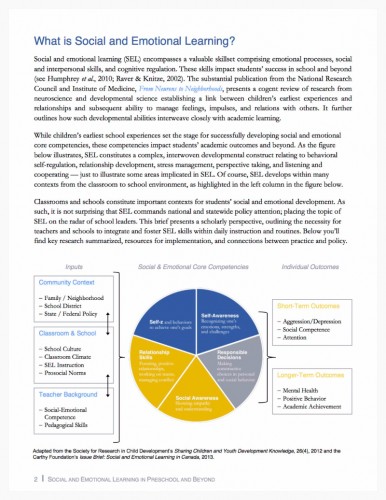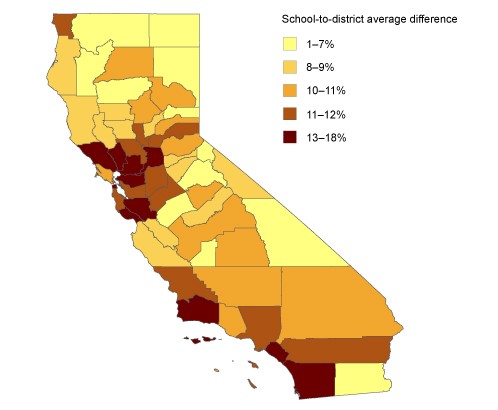CISI Resources & e-Bulletins
Leveraging LCFF: How Can School Funding Benefit High-Needs Students?
Research in Brief
New research from the Public Policy Institute of California (PPIC) raises concerns that high-need schools in districts with comparatively low levels of high-need students may not receive adequate funding. This PPIC report highlights counties in Southern California, the Bay Area, and Sacramento that may require special attention and support to provide adequately for high-needs students due to distribution patterns. A useful resource in this report is the visual ranking of all California counties by unevenness of high-need student distribution between school and district averages.
Social and Emotional Learning
Research in Brief
 Social and emotional learning (SEL) encompasses a
skillset comprising emotional processes, social and interpersonal
skills, and cognitive regulation. Numerous studies suggest
that high-quality SEL programs and instruction in schools do
matter, but many approaches currently lack support and
validation. In this Research in Brief, we provide an overview of
research, policy, and standards relating to social and emotional
learning. Additionally, we cover promising approaches for
integrating SEL into instruction and schooling.
Social and emotional learning (SEL) encompasses a
skillset comprising emotional processes, social and interpersonal
skills, and cognitive regulation. Numerous studies suggest
that high-quality SEL programs and instruction in schools do
matter, but many approaches currently lack support and
validation. In this Research in Brief, we provide an overview of
research, policy, and standards relating to social and emotional
learning. Additionally, we cover promising approaches for
integrating SEL into instruction and schooling.
Collaboration in Education
Research in Brief
What is Collaboration?
The term collaboration crops up extensively throughout educational articles in many forms: among teachers, between administrators, and between students. Beyond individual interactions, the term collaboration is also employed to describe inter-agency relationships useful in promoting educational change.
School Climate: Serving More Students
Research in Brief
School climate constitutes one of the eight priorities that school districts must address in their Local Control Accountability Plans (LCAPs). Addressing school climate is not only required under the new Local Control Funding Formula (LCFF), but essential to the diverse processes comprising K-12 schools and districts.
- « first
- ‹ previous
- 1
- 2
- 3
- 4














